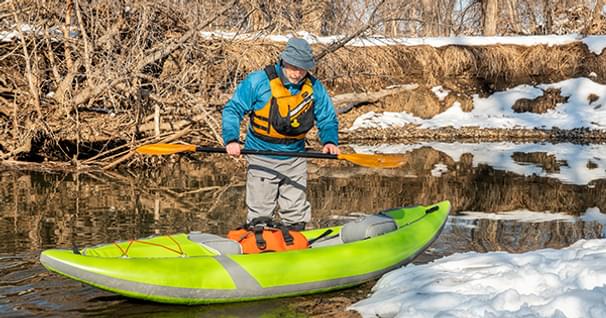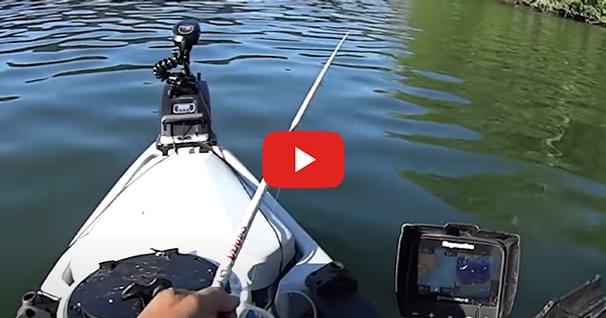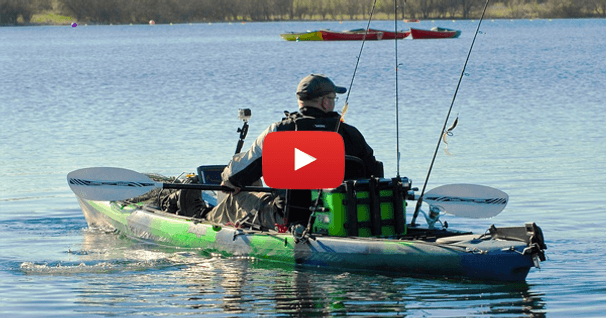How to Hand Roll a Kayak
The hand roll is a roll you do without a paddle, and a fun skill to learn, even if it isn't something you'll ever need to use in a real situation. We're going to take a look at the hand roll with the assumption that you already have a reliable roll. So let's take a look at the three key elements: the set up, the catch, and the recovery.
Set Up
The idea behind the hand roll set up is the same as the one for the c to c and sweep rolls. When you're upside down, you need to get your body as far out to the side of the kayak and as close to the surface as possible to maximize the potential of your hips now. Although this concept is consistent, your body position is different. For the hand roll, you'll lean out to the side with your head and chest facing downward, instead of looking up towards the sky. Your arms should be up and in front of your face.
Assuming you're doing your hand roll on your regular rolling side, you'll lean out to your left and face downward so that your left arm is closest to the bow.
Catch
Once you're set up, the catch phase of the hand roll can be initiated in one of two ways. You can use a two handed catch or a double pump technique. These two techniques differ in the same way that the C to C and sweep rolls do. The two handed roll is like the C to C roll because you'll use a single quick and powerful brace to gain the support your hips snap needs.
The double pump technique uses one arm at a time in a two-step motion that provides longer bracing support, just like the sweep roll does. For the double pump, start by pushing down aggressively with your left hand. As soon as the left hand begins losing it's effectiveness, reach out and push down with your right hand and continue to hip snap the boat up right. As always, you'll keep your head down the whole time.
Recovery
The easiest way to finish either hand roll is to swing your body over your back deck, keeping your center of gravity as low as possible, and making sure that your head is the last thing to come up.
Related Articles
Flexibility is always a good topic of discussion when it comes to kayaking. Depending on our style of…
Kayak Catfish does some trolling with crappie magnets to catch some catfish bait.
How many of you have ever heard that paddle craft (vessels under oars according to the Navigation Rules)…
More times than not, the reason you aren't catching big fish is not because you aren't doing enough…



